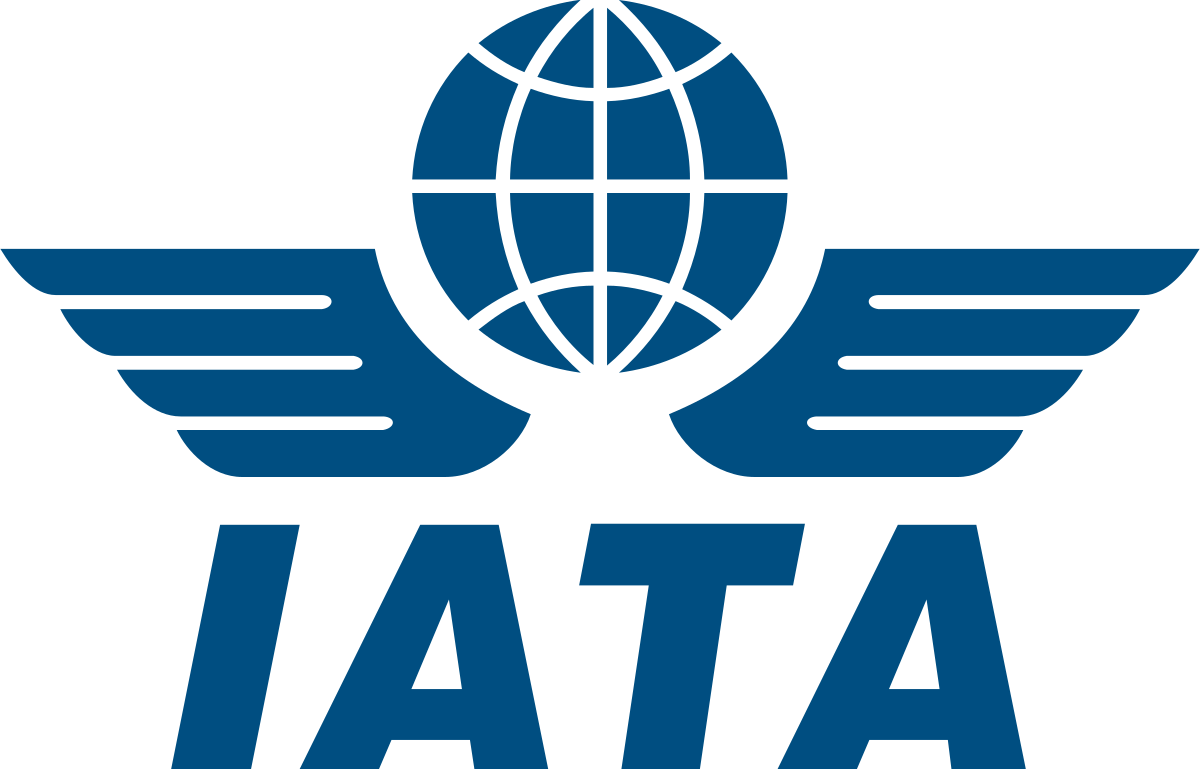


African airlines report 11.9% passenger demand surge, 76% load factor in Sept 2024 — IATA
African airlines experienced an 11.9 percent increase in passenger demand in September 2024 compared to the previous year, achieving a load factor of 76.0 percent.
This load factor, indicating the proportion of available seating capacity filled by paying passengers, reflects efficient seat utilisation.
The demand increase, measured in Revenue Passenger Kilometres (RPKs), demonstrates a strong recovery in Africa’s aviation sector, while capacity, represented by Available Seat Kilometres (ASKs), rose by 6.6 percent.
This data, as reported in the International Air Transport Association (IATA) latest global passenger demand update, highlights Africa’s strengthening position in global aviation.
“African airlines saw an 11.9 percent year-on-year increase in demand. Capacity was up 6.6 percent year-on-year. The load factor rose to 76.0 percent (+3.6ppt compared to September 2023),” the report read in part.
The IATA report highlighted a broader global demand increase of 7.1 percent year-on-year for September 2024, with the average load factor across all regions reaching 83.6 percent, up 1.0 percentage points from the prior year.
Africa’s demand growth positioned it as one of the fastest-recovering regions, highlighting the continent’s growing competitiveness in the global aviation landscape.
Across other global regions, performance varied. Asia-Pacific airlines led the global recovery, achieving an 18.5 percent rise in passenger demand, supported by a 17.7% capacity increase and an 82.6 percent load factor, reflecting high demand and efficient seating utilisation.
European carriers, close behind, recorded a 7.6 percent demand increase and posted the highest load factor at 85.9 percent, indicating strong operational efficiency.
Middle Eastern airlines saw moderate growth, with a 4.4 percent increase in demand and an 81.4% load factor, indicating steady recovery within the region.
In North America, demand grew more modestly by 0.5 percent, with the load factor dipping to 84.4%, suggesting restrained passenger growth relative to capacity.
Latin American airlines registered a notable 12.4 percent increase in demand, though the load factor dropped slightly to 84.3 percent, as capacity expansion slightly outpaced passenger growth.
Willie Walsh, IATA’s Director General, emphasised the benefits and challenges brought on by this surge in global travel demand.
He highlighted that each flight contributes significantly to economic growth by generating jobs and enhancing trade, though he warned of a potential “capacity crunch” that may limit these gains unless infrastructure demands are addressed.
Walsh stressed the need for governments to ensure sufficient infrastructure, especially in airports and air traffic management, to sustain growth within the aviation industry.
IATA’s data points to the competitive gains made by African airlines, with strong growth in passenger demand and improved seat occupancy positioning the continent well within the broader recovery of the global aviation landscape.


